Economics as a science is the doctrine of the most efficient use and distribution of excised resources. The economy is divided into microeconomics and macroeconomics. But such a division is not entirely correct. Although the economic theory consists of microeconomics and macroeconomics, this is relative - many sections of the theory of economic thinking are considered by both macro- and microeconomics.
Microeconomics
This section of economic theory deals with the study of agents of economics during their usual activities. Economic agents in the course of their activity carry out different activities:
- Distribution.
- Exchange.
- Production.
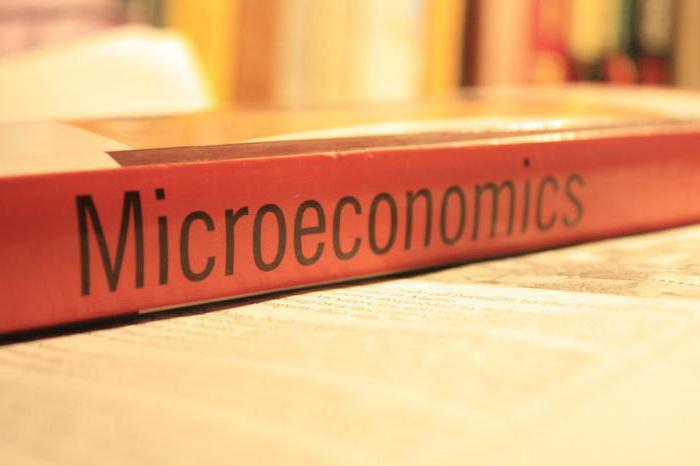
The task of microeconomics is to try to explain how economic actors at the lowest level make certain decisions and what affects them. In other words, how do enterprises make decisions about headcount; how customers choose the goods they need; what affects the choice of a particular good; the role of changes in prices and incomes of residents in the decision-making process on the purchase of goods or services.
Microeconomics: subject of study
The subject of microeconomics is the economic relations of agents in the context of economic choice. Microeconomics explores several main areas. Firstly, it is the problems of producers and consumers. In the first case, it is studied why agents choose certain goods; in the second - for what and how do manufacturers choose certain factors of production.
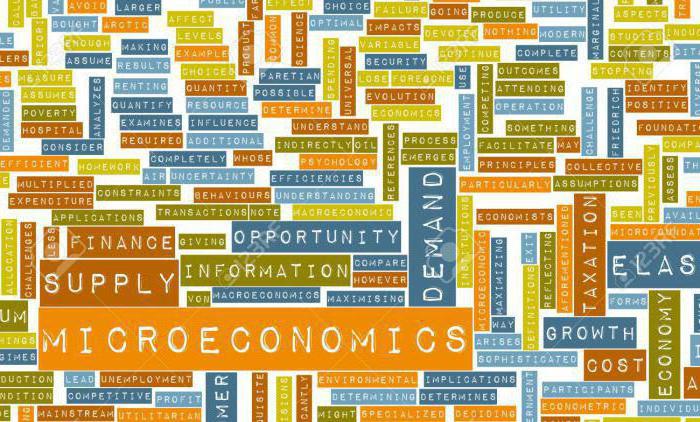
Secondly, microeconomics studies the market, its balance and structure. For a more detailed market research, it is necessary to define such economic categories as “demand” and “supply”.
Another area is the theory of public choice. This is a whole section of the economy that explains how people satisfy their own interests using public institutions.
Supply and demand
The term "demand" should be understood as the number of goods and services that the buyer is willing to purchase at a certain cost. The law of demand says that with a decrease in the price of services or goods, demand will increase, and with an increase in value, it will decrease. The demand curve demonstrates how much wealth a person is willing to buy at different prices at a given point in time.
Demand is influenced by many factors. The main ones are price expectations, changes in consumer incomes and tastes, substitute products, as well as the number of other consumers.
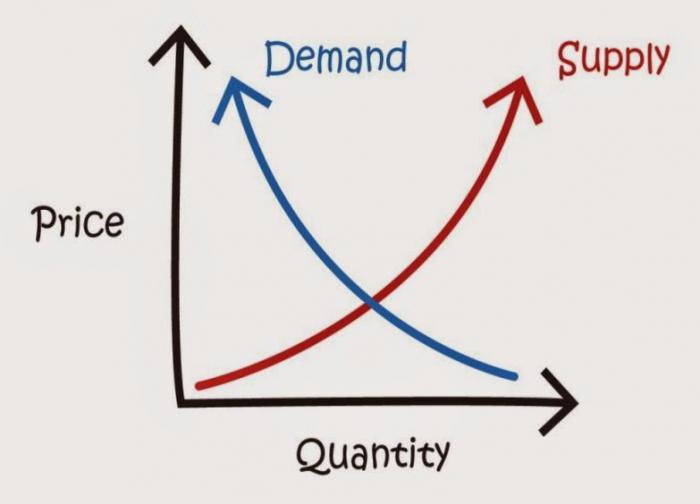
Supply - the amount of goods and services that the manufacturer wants to sell at certain prices for them. The supply curve shows how many goods the seller is willing to sell at different selling prices at a certain point in time. The law of supply suggests that with an increase in the price of goods and services, supply increases.
Like demand, there are a number of factors affecting supply. The main one is the cost of production factors. There is always a market price that does not allow sellers to set prices that will help them achieve their planned level of profitability. Therefore, with an increase in cost, the seller’s profit will decrease, since the price cannot be higher than the market. The second factor is the size of tax rates and subsidies. The third factor is competitors. Under the influence of competitive forces, price can balance supply and demand. This price is called the equilibrium.
Macroeconomics
Like microeconomics, macroeconomics studies the functioning of the economy. But at a higher level. Unlike microeconomics, macroeconomics considers the entire economy as a whole. Its founder is considered to be John Keynes.
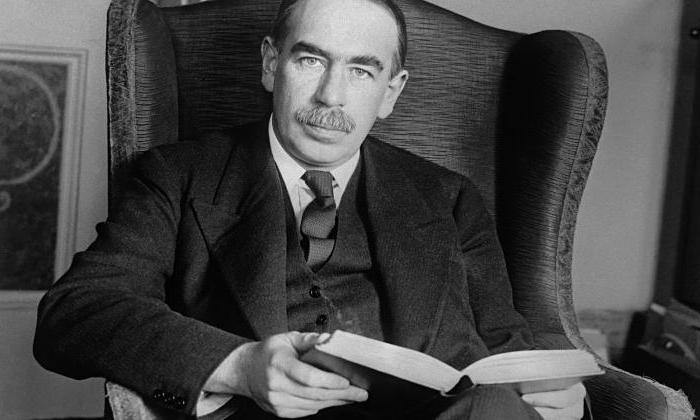
There are many questions that microeconomics cannot answer. Macroeconomics as a science is trying to find answers to these questions. The following are considered to be such problems:
- Unemployment.
- The economic growth.
- Price level.
- Circulation of money.
- Interest rates.
- The balance between import and export.
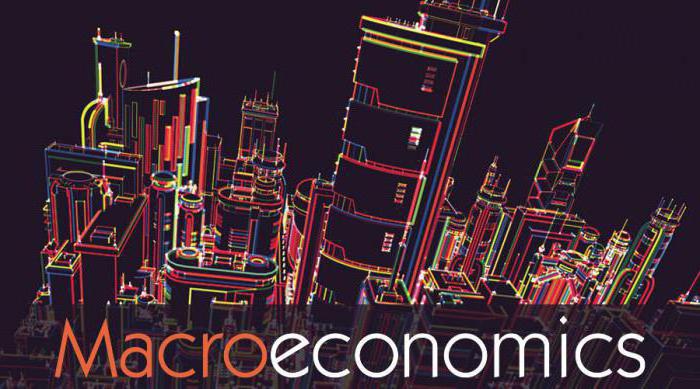
Components of Macroeconomics
The main indicators of macroeconomics are gross domestic product (GDP), gross national product (GNP), inflation, unemployment and the exchange rate. In addition, any economy consists of seven elements: three markets and four agents.
Three markets are considered the financial market, the market of goods and services, as well as the market of factors of production. The four macroeconomic agents are the state, enterprises, households and the foreign sector. All of them are connected to each other by a circuit of revenues and expenses.
The relationship of microeconomics and macroeconomics
Microeconomics considers individual firms, and macroeconomics analyzes the behavior of the entire economy. But in order to draw a complete picture of the interaction of microeconomic entities with the state and foreign representatives, it is necessary to use the basic methods and principles of microeconomics and macroeconomics in combination.
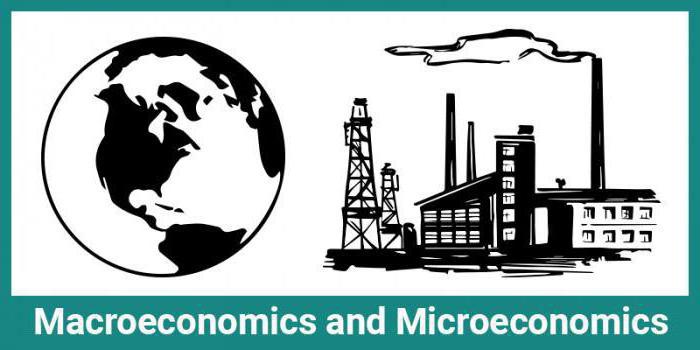
Macroeconomics is a younger science since it began in the middle of the last century, when John Keynes published his work entitled The General Theory of Employment, Interest, and Money. It takes into account the basic tenets of microeconomics, which originates from the same time as the whole economy as a science.